Space Weather
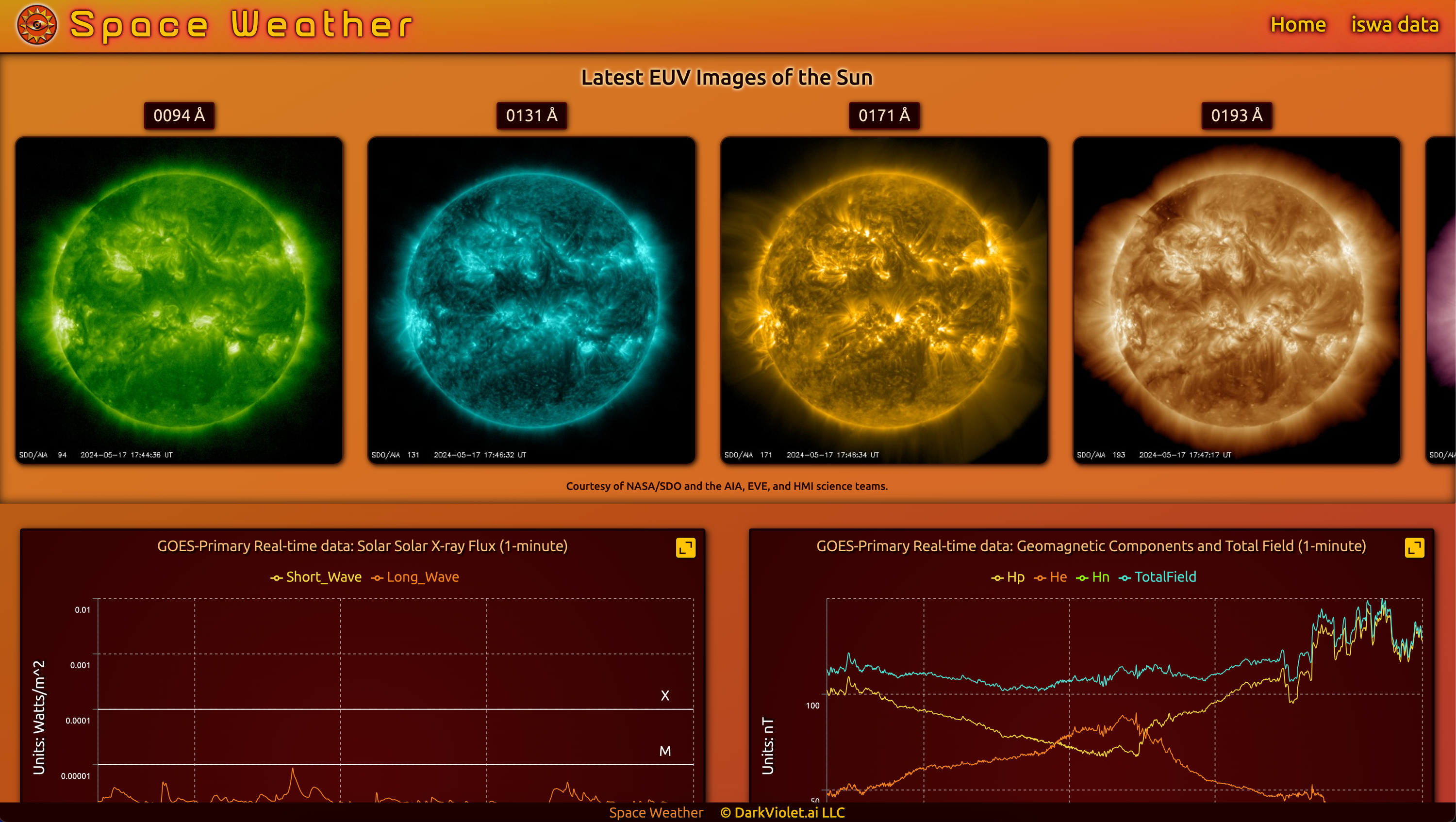
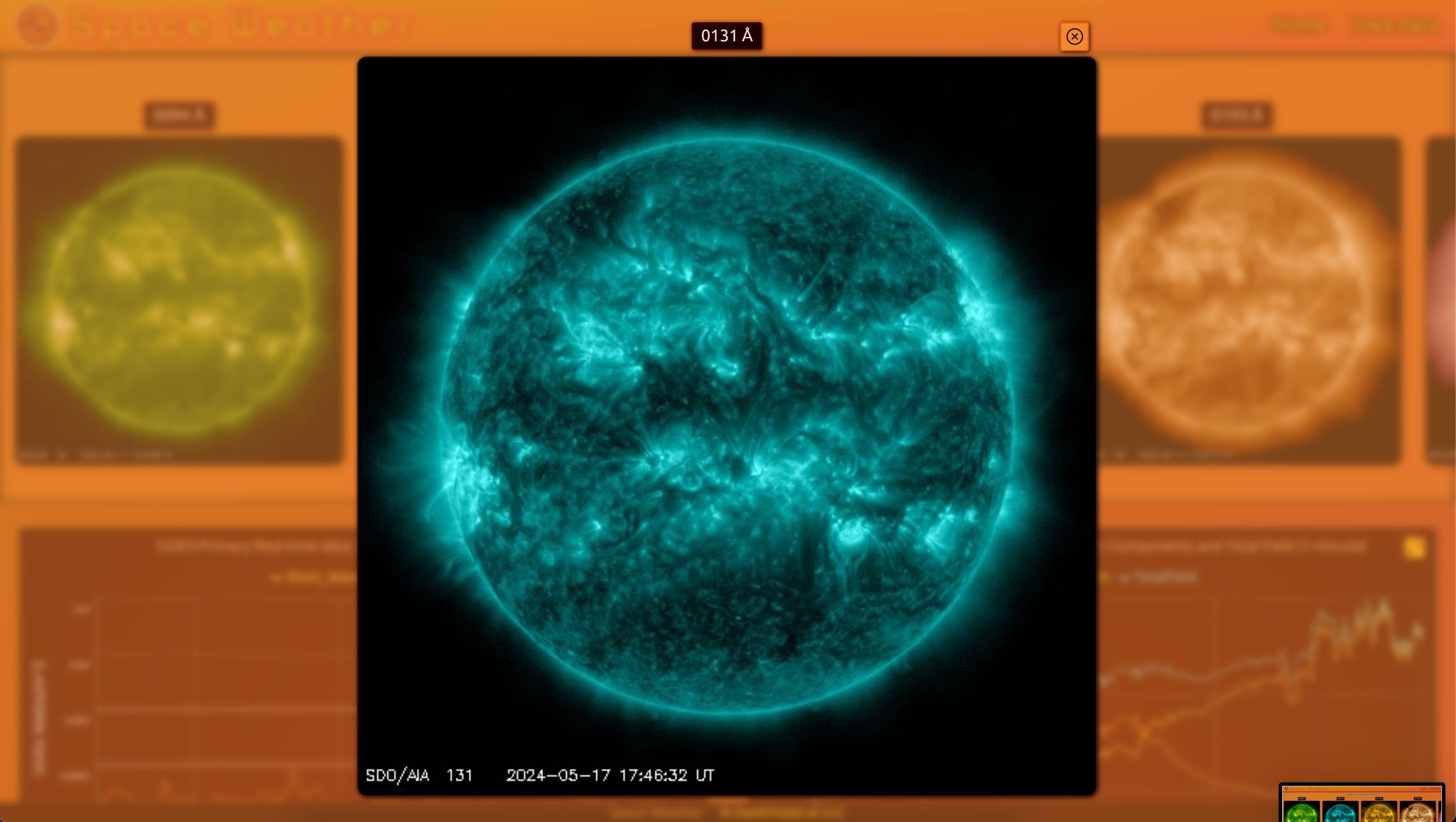
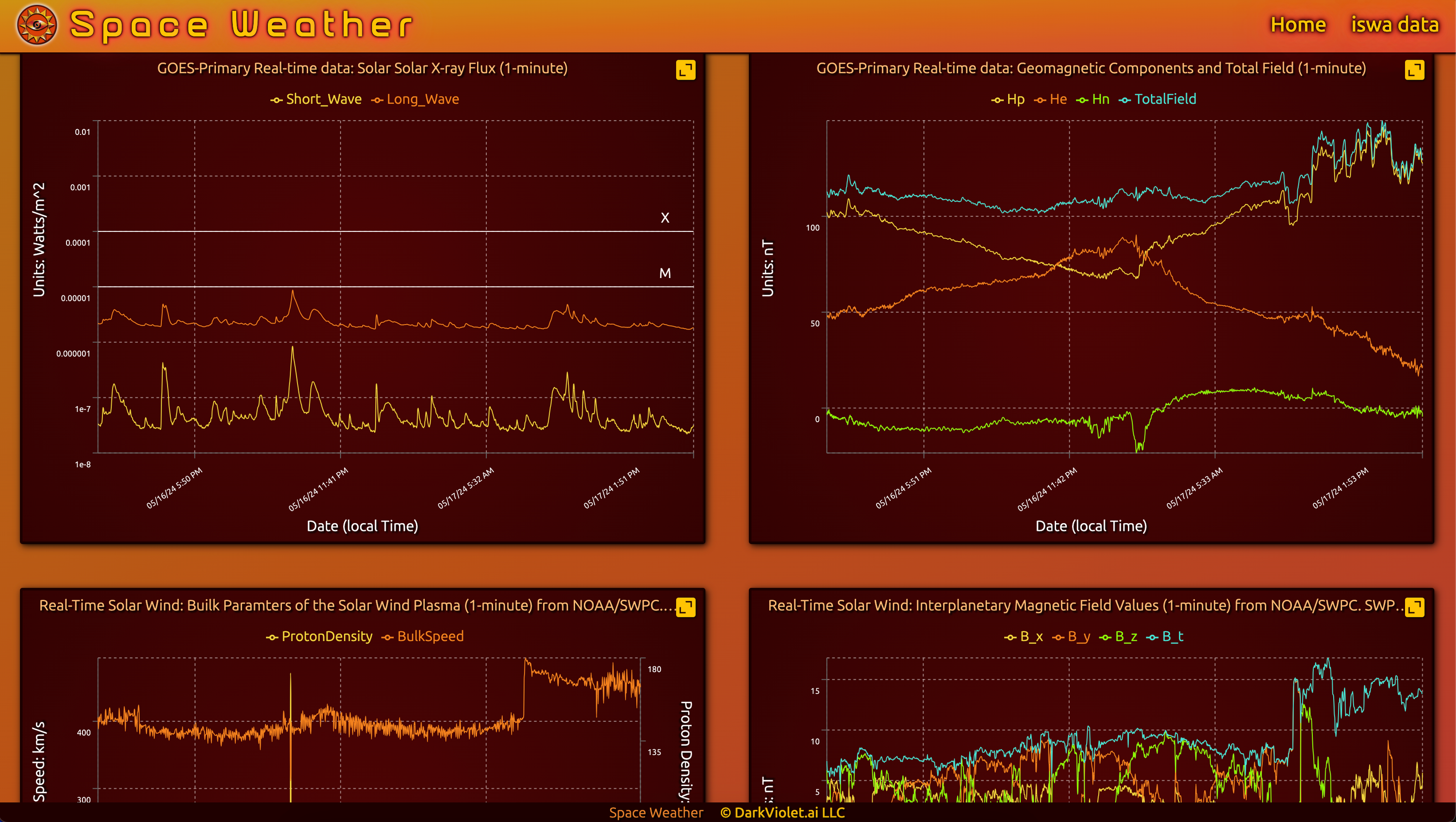
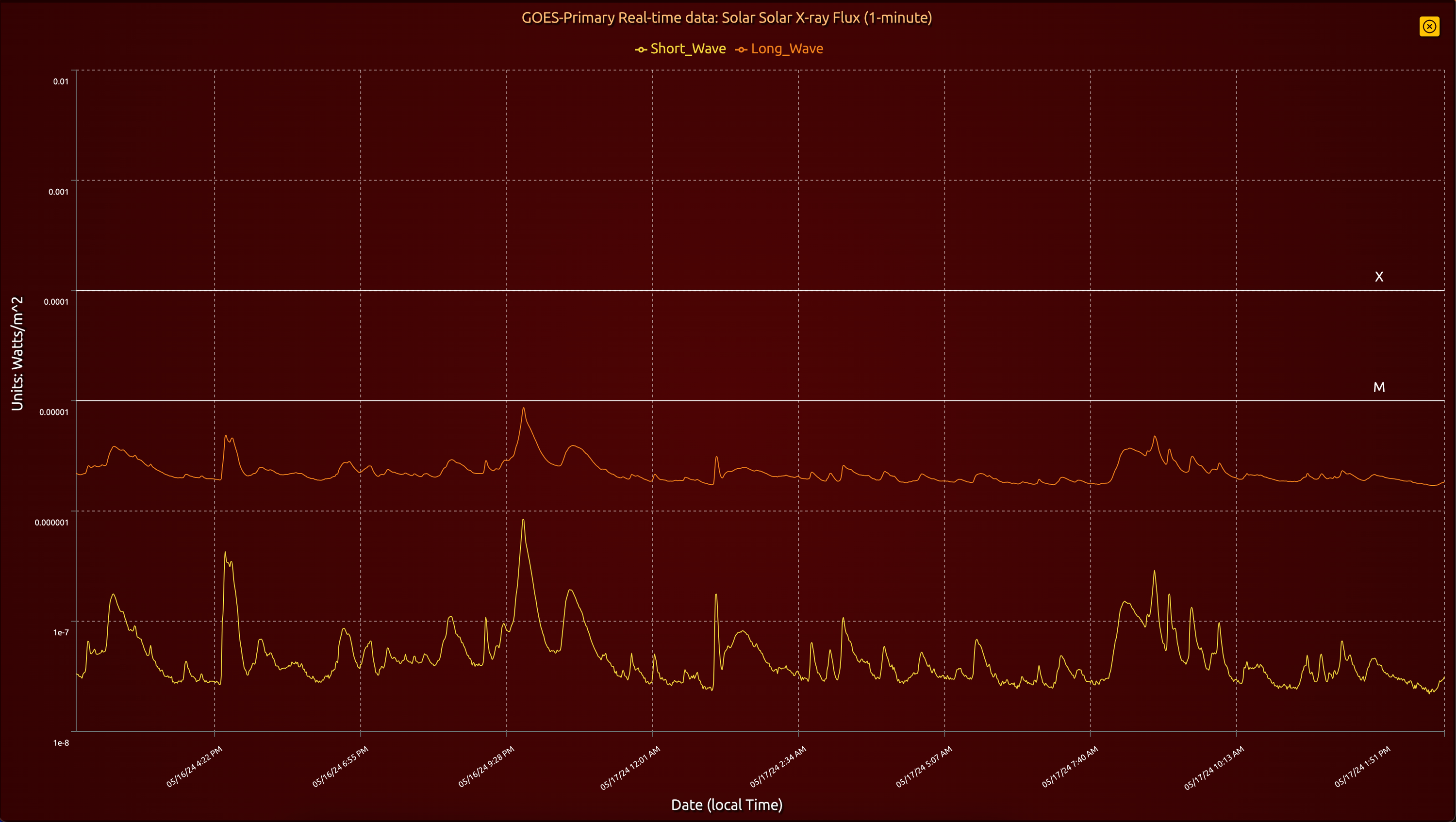
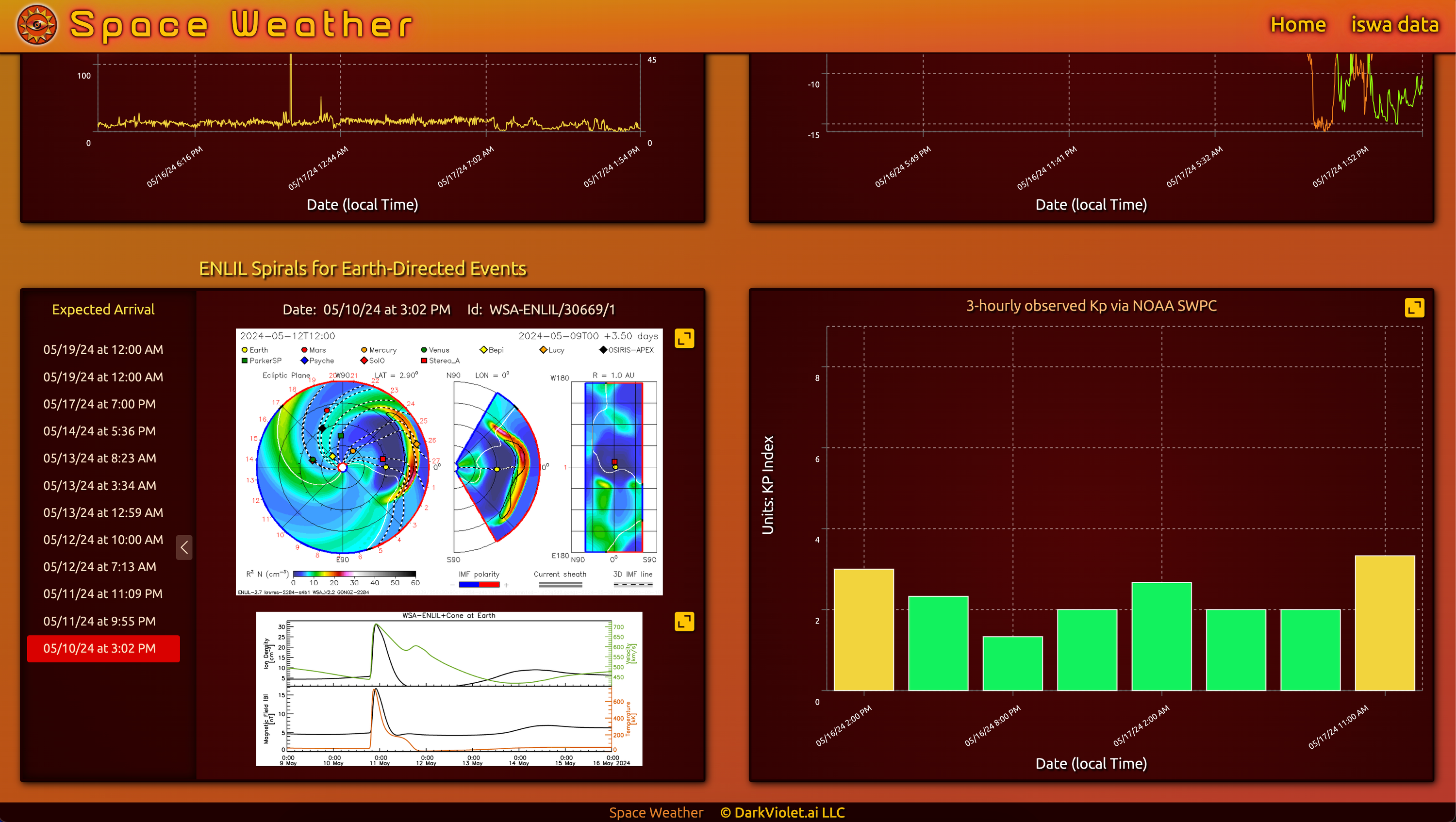
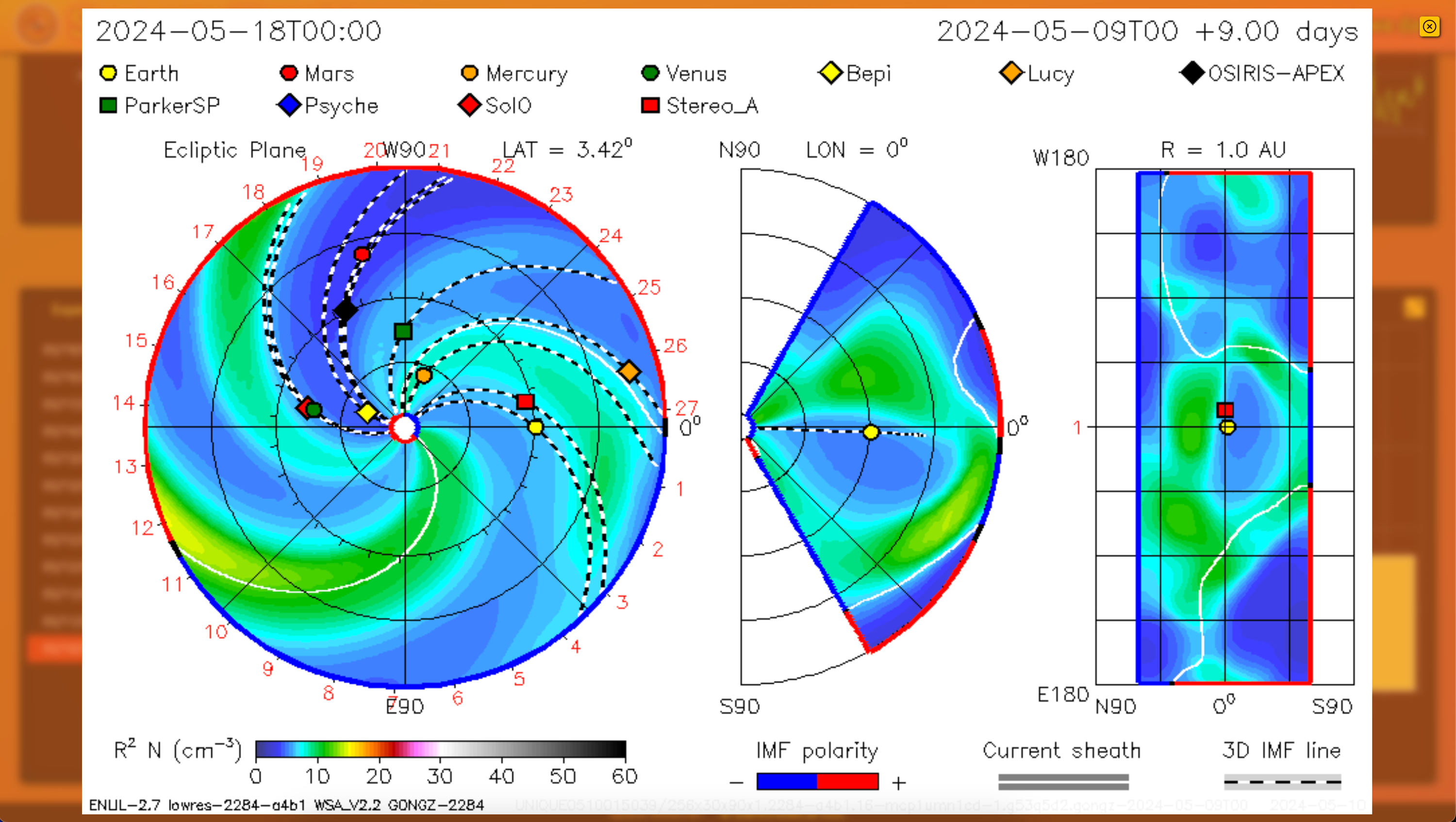
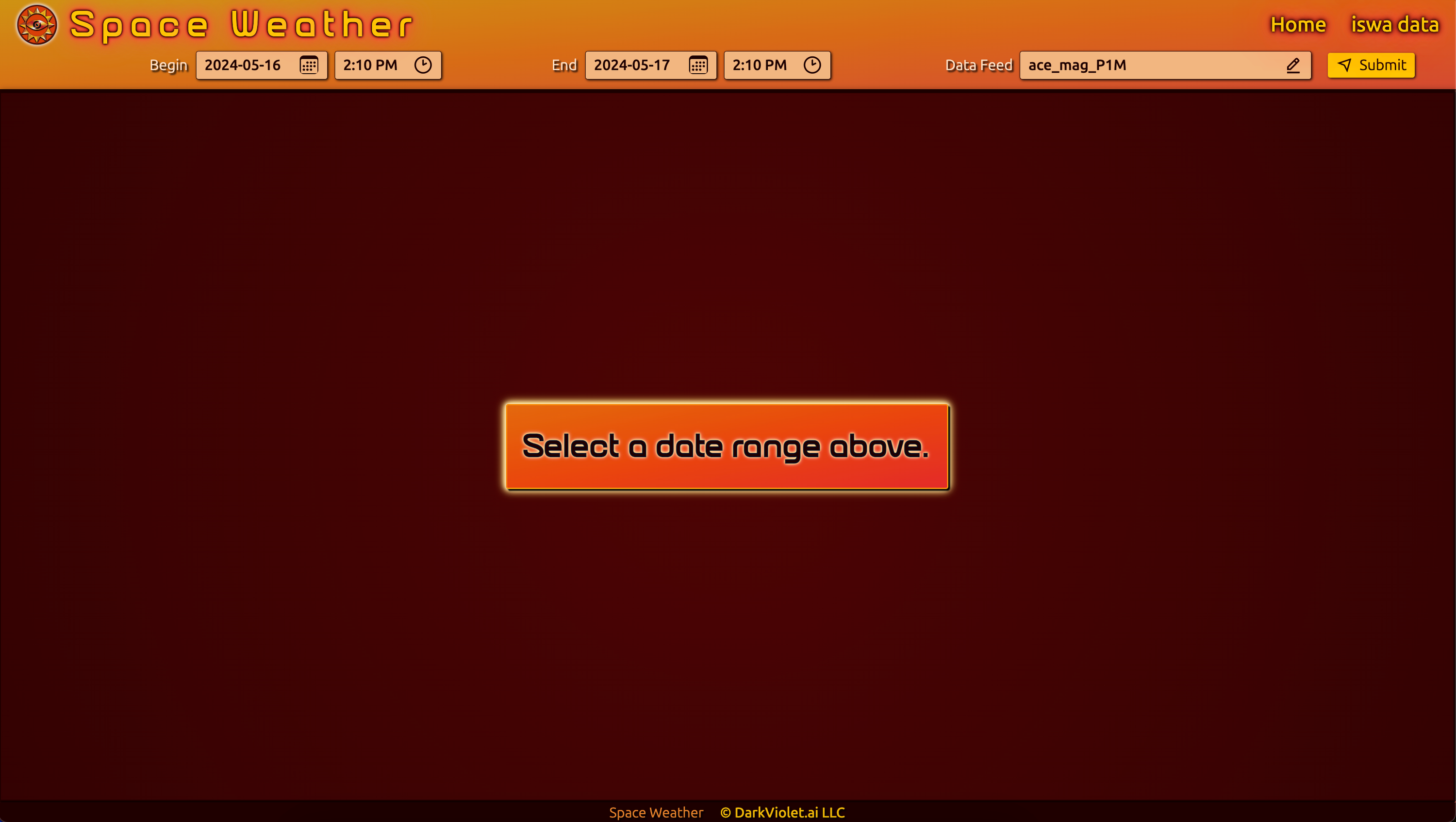
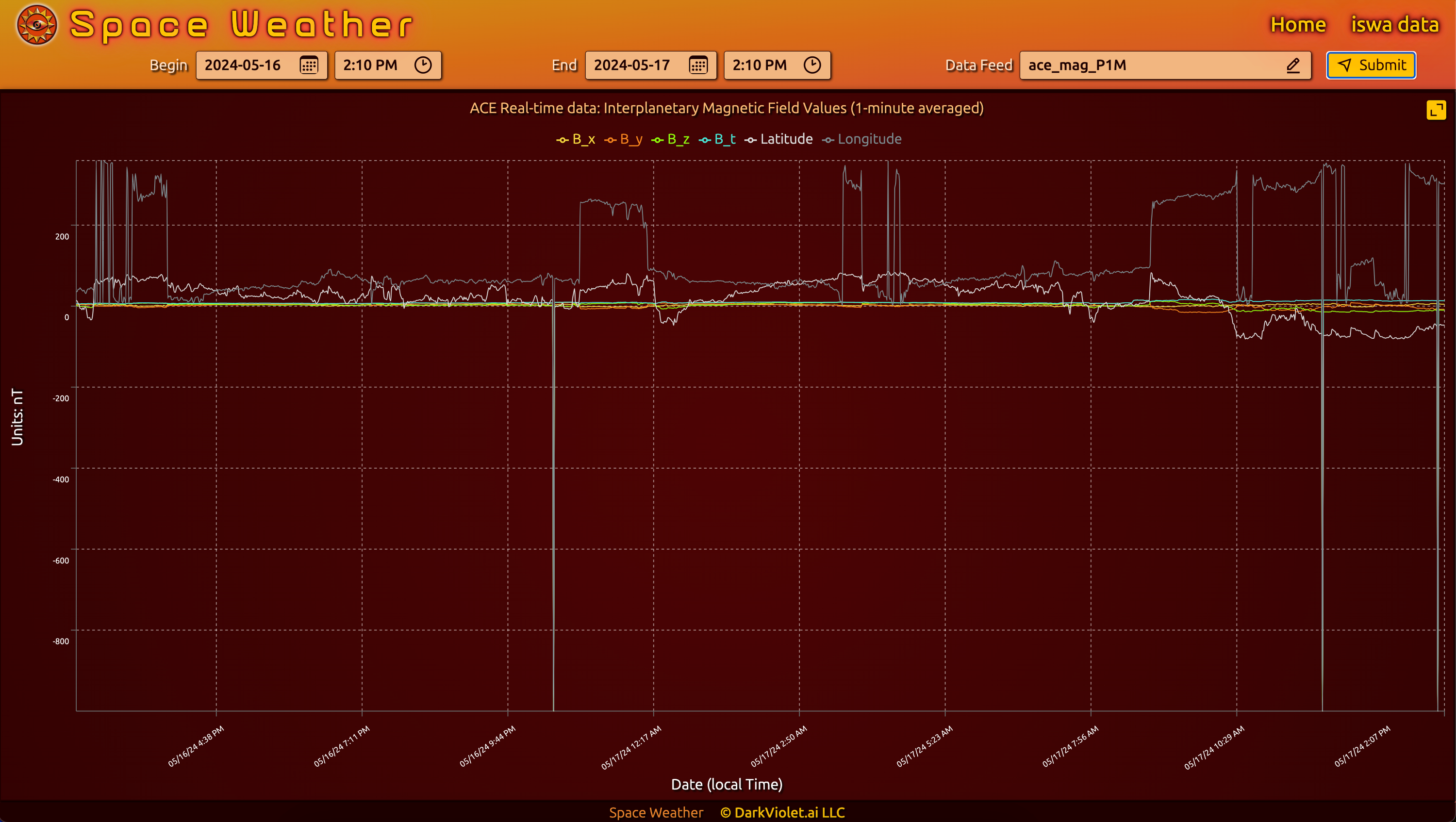
Monitoring Solar Activity: Space Weather App Overview
Discover comprehensive solar data with the Space Weather app at spaceweather.darkviolet.ai. This tool offers the latest Extreme Ultraviolet (EUV) images of the sun at various wavelengths, courtesy of NASA/SDO and their science teams. Users can monitor sunspot activities, solar flares, and other significant solar events. The app also includes interactive charts of real-time data streams from NASA and NOAA, displaying information about solar flares, solar wind streams, and the KP index used to indicate solar storms on Earth. New data streams are continually being added, so check back often. Stay informed about space weather phenomena and their potential impact on Earth with this user-friendly platform.

Understanding Solar Phenomena
Solar phenomena such as solar flares, solar wind, and the KP index are crucial for understanding the dynamic relationship between the sun and Earth. Solar flares, which are sudden bursts of radiation, can disrupt communication and navigation systems. The solar wind, a stream of charged particles emitted by the sun, varies in speed and density. Expected values for solar wind speed range from 300 to 800 km/s, and proton density typically varies from 1 to 100 p/cc. These variations can affect satellite operations and even power grids on Earth. The app features ENLIL spirals, which are graphical representations of solar wind predictions. These models are specifically included for Earth-directed events, providing crucial data on the expected arrival times of solar storms. This information is vital for preparing for potential impacts on technology and infrastructure.

Impact on Human Beings and Infrastructure
The Earth's magnetic field can become unstable due to interactions with solar wind and other solar events. This instability is measured by the KP index, which indicates the level of geomagnetic activity. High KP index values suggest strong geomagnetic storms, which can have significant impacts on human activities and infrastructure. Solar storms can cause auroras, disrupt communication systems, and even lead to power outages. Solar storms have various effects on human beings and infrastructure. High levels of solar radiation can increase radiation exposure for astronauts and passengers on high-altitude flights. Geomagnetic storms can disrupt GPS signals, affecting navigation systems. Power grids can experience surges and outages, leading to widespread blackouts. By monitoring these solar activities with the Space Weather app, users can stay informed and better prepare for these potential impacts.
© 2024 DarkViolet.ai All Rights Reserved